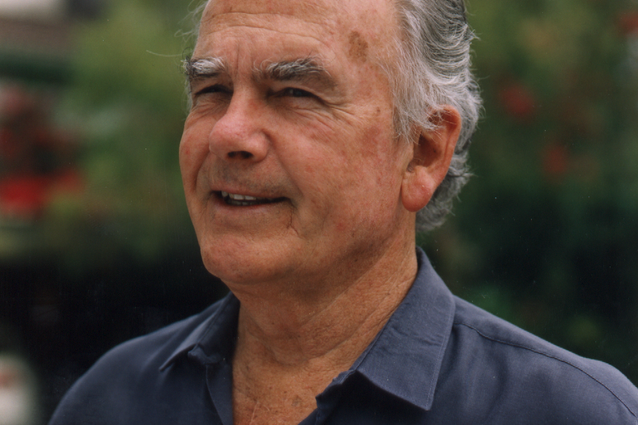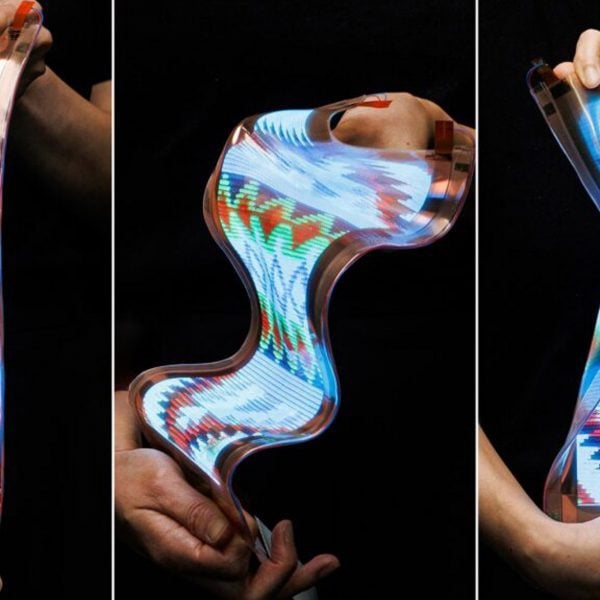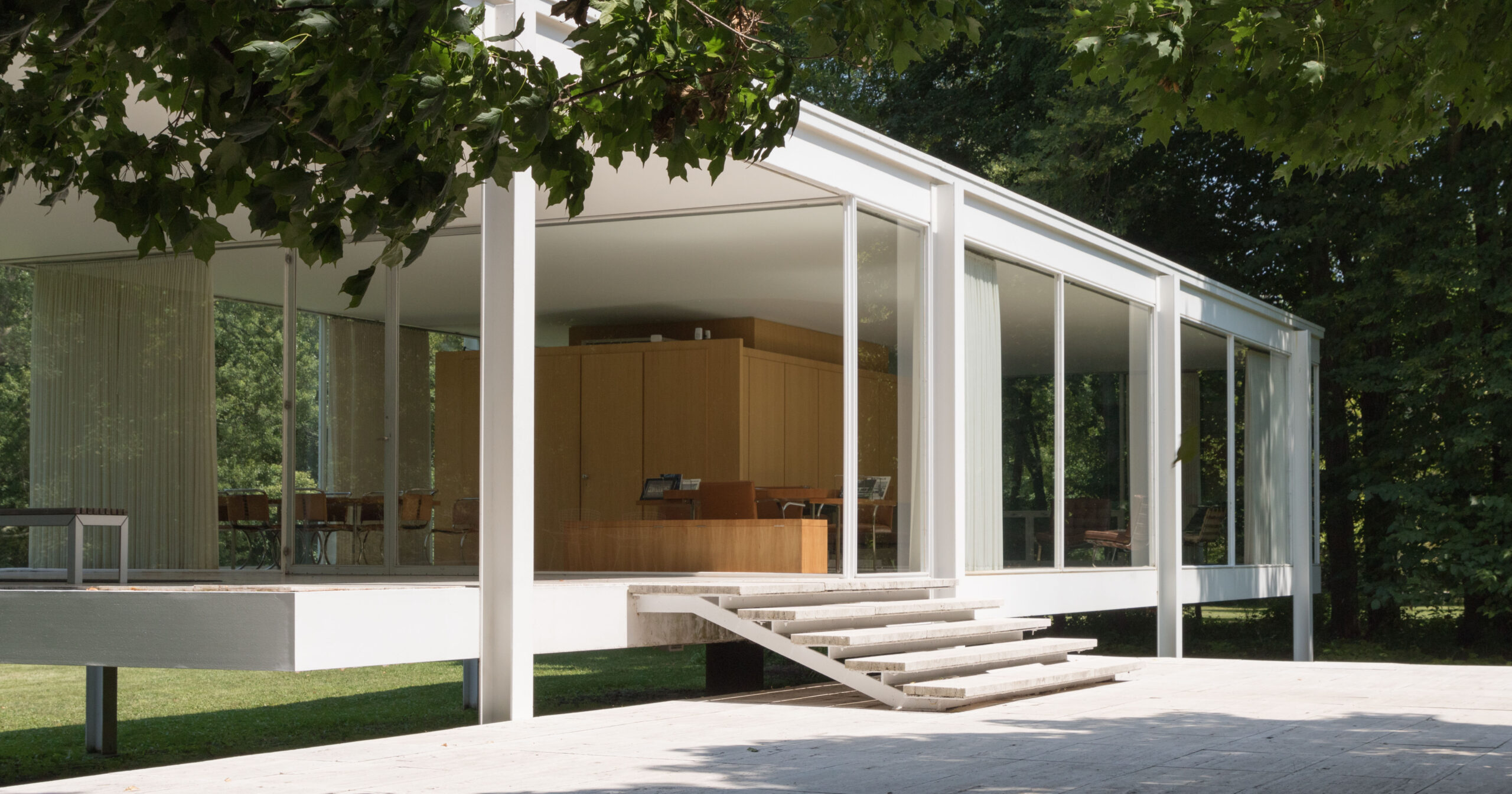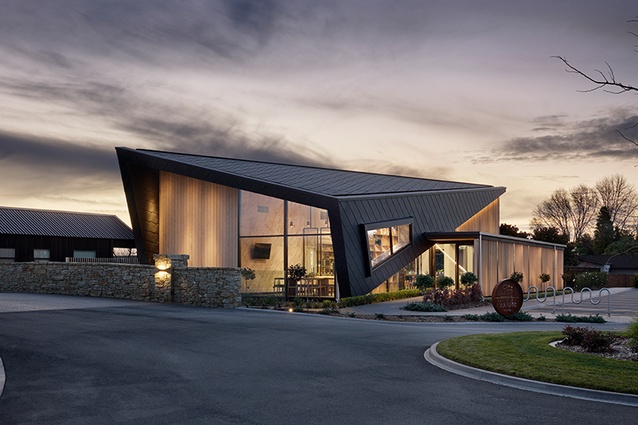Utu is one of my favourite Māori words because of its multiplicity of meanings. Probably the most common meaning we know is revenge and, yes, this is one way of defining utu. But the meaning taken for this project is balance or equilibrium. This thesis is intended as research and a provocation to designers in Aotearoa to think critically about indigenous design.
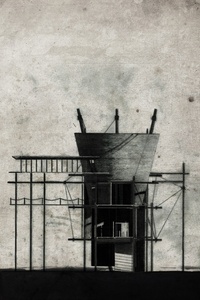
Ben Tunui
I’m incredibly proud to be Māori – a half-caste one, a speckled kūmara. We all understand in Aotearoa how to navigate boundaries between cultures. These were the feelings I also felt growing up and since coming to architecture school. Te ao Māori, te ao Pākehā. Te ao Māori and architecture. It took a few years for me to attempt my own Māori-inspired project; I observed other students attempting their own. I saw the same motifs and narratives being recycled, project after project. Eventually, these architectural overlays began to lose their meaning for me.
This thesis began to search for new architectural outcomes within the existing framework of Māori culture. It began through a question: How can elements of contemporary tikanga Māori be expressed both formally and spatially?
The ‘data’ that were used to analyse tikanga at a spatial level related to pōwhiri, or the rituals of encounter. This is an event consisting of a series of rituals, enacted within space to bring two parties together. Video footage of pōwhiri was used because the timing of my study coincided with the Covid lockdown. It also gave me a consistent recording, which I could re-watch and map appropriately.
The research culminated in the creation of a design methodology for extracting space and form from these rituals to enrich the spatial repertoire of Māori architecture. Three parts of the pōwhiri were examined: karanga, wero and hongi (harirū).
This methodology focused on mapping the choreography of the ephemera within its context, the tea. Once the geometries of the ritual have been drawn, the focus becomes about abstracting and playing with these forms. They are then overlaid back over their original context at different scales to create more outcomes. Duplicating and arraying of drawings also produced content to be considered.

David St George
An important part of this thesis was to make it relatable to all kinds of architecture. A step in the methodology was to distil fragments of my drawings into symbols (inspired by a Hundertwasser book that belonged to my grandfather), capable of being communicated across cultural boundaries.
The last steps of the process were to translate my drawings into physical models, which were not seen as buildings but as physical extensions of my drawings taking a step closer to the tangible. The final step was to work between drawing and model to produce architectural form.
This thesis is not the answer. It is my own interpretation of this question. It is about excavating the underlying spatiality of Māori ephemera in the hopes of expanding Māori spatial vocabularies. Ngā mihi mahana.
Read more about the 2020 NZIA Student Design Awards here.


